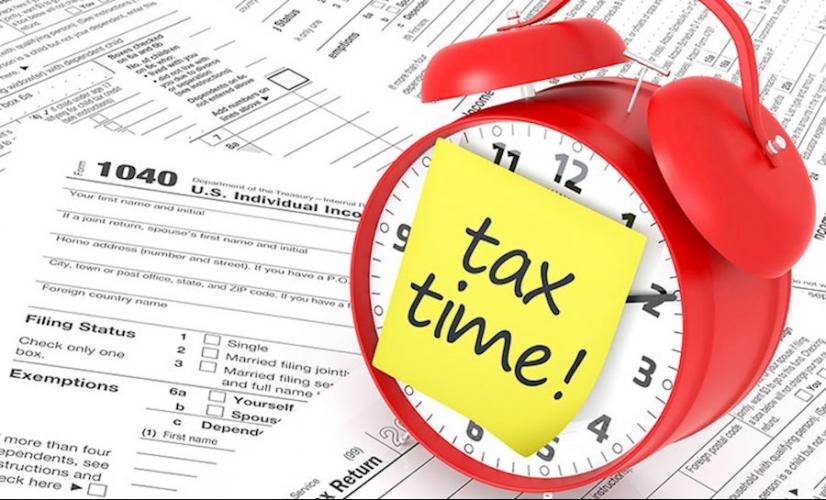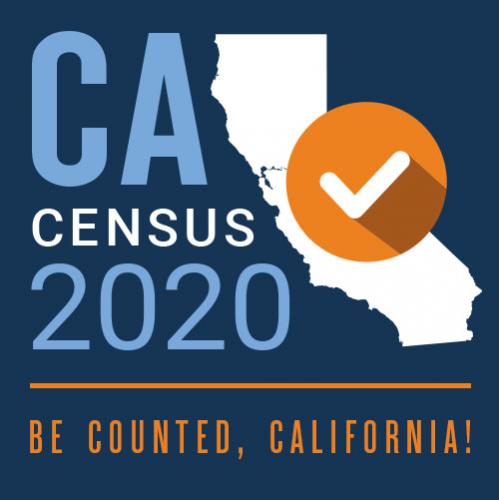Top Five Ways To Make the Most of “Stay at Home”
California is a doing a remarkable job of heeding the statewide “Stay at Home” directive to flatten the curve and slow the spread of the Coronavirus (COVID-19). While these orders are temporary, for many they’re likely to have lasting impacts. To help, we’re counting down the top five ways to make the most of this situation, contribute to the public good and prepare for a brighter future.
5. File Your 2019 Taxes.
 Yes, much of the state is shut down, but taxes are
still due. However, due to Coronavirus, the Treasury Department,
Internal Revenue Service and the State of California Franchise
Tax Board have all extended the Federal and State income tax
filing date from April 15 to July 15, 2020. While many companies
provide fee-based tax preparation software online ( H&R
Block, Intuit
–makers of TurboTax), the IRS has options to prepare and file
federal income tax returns for free (based on income) using
tax-preparation-and-filing software. Learn more
here. California income tax can be filed directly with the
state for free
here.
Yes, much of the state is shut down, but taxes are
still due. However, due to Coronavirus, the Treasury Department,
Internal Revenue Service and the State of California Franchise
Tax Board have all extended the Federal and State income tax
filing date from April 15 to July 15, 2020. While many companies
provide fee-based tax preparation software online ( H&R
Block, Intuit
–makers of TurboTax), the IRS has options to prepare and file
federal income tax returns for free (based on income) using
tax-preparation-and-filing software. Learn more
here. California income tax can be filed directly with the
state for free
here.
4. Take Online Classes.
While many County employees are still hard at work providing essential services in our communities, spouses or loved ones who find themselves at home with extra time on their hands may consider a wide variety of learning opportunities. edX.org offers 2,500 online courses, many of them free, from Harvard, MIT and 140 leading institutions worldwide. Coursera.org is a similar, fee-based online learning platform that also offers some free courses. Use the extra time to gain new skills and earn a certificate of completion.
3. Volunteer or Donate in Your Community.
In the past week, Governor Gavin Newsom has announced several new community-based campaigns to connect Californians in their communities. “Stay Home. Save Lives. Check In.” is a new campaign that urges Californians to check in on vulnerable neighbors with a call, text or a physically-distanced door knock. Find more ways to safely check in at the Neighbor-to-Neighbor campaign, from the Governor’s California Volunteers site, CaliforniaVolunteers.ca.gov.
 Delivering meals with Meals on Wheels and
volunteering at local food banks are among the top volunteer
opportunities suggested on the California
Volunteers website. With more than a million Californians
filing for
unemployment in March due to Coronavirus-related shutdowns,
food insecurity is a real concern. Considered essential services,
most food banks are open but short of volunteers. Area food banks
are in close communication with local Public Health Departments
and the CDC to implement COVID-19 safety measures and physical
distancing. Taking the time to sign up for a volunteer shift at
your local food bank, or providing financial support is a great
way to make a difference in your community. Find a food bank near
you at CAFoodBanks.org.
Delivering meals with Meals on Wheels and
volunteering at local food banks are among the top volunteer
opportunities suggested on the California
Volunteers website. With more than a million Californians
filing for
unemployment in March due to Coronavirus-related shutdowns,
food insecurity is a real concern. Considered essential services,
most food banks are open but short of volunteers. Area food banks
are in close communication with local Public Health Departments
and the CDC to implement COVID-19 safety measures and physical
distancing. Taking the time to sign up for a volunteer shift at
your local food bank, or providing financial support is a great
way to make a difference in your community. Find a food bank near
you at CAFoodBanks.org.
2. Enroll in Covered California.
Amid the coronavirus pandemic, Covered California has reopened enrollment through the end of June. Individuals who don’t have insurance, or have lost coverage due to pandemic-related layoffs can enroll in California’s own healthcare subsidized exchange. Log on at CoveredCA.com, answer some questions and browse individual and family health plan options. A single application will also let you know if you qualify for coverage through Medi-Cal. Once you select a plan, coverage begins on the first day of the next month, important to prevent or reduce gaps in coverage. If you are eligible for Medi-Cal, coverage begins immediately.
1. Complete the 2020 Census.
 Perhaps now, more than ever, we’re aware of how
important it is that local communities plan for adequate public
services, like medical clinics and hospital beds. The 2020 Census
will determine congressional representation and inform hundreds
of billions in federal funding every year. The results will show
where communities need new schools, new clinics, new roads,
and more services for families, older adults, and children.
Perhaps now, more than ever, we’re aware of how
important it is that local communities plan for adequate public
services, like medical clinics and hospital beds. The 2020 Census
will determine congressional representation and inform hundreds
of billions in federal funding every year. The results will show
where communities need new schools, new clinics, new roads,
and more services for families, older adults, and children.
The results will also inform how hundreds of billions of dollars in federal funding are allocated to more than 100 programs, including Medicaid, Head Start, block grants for community mental health services, and the Supplemental Nutrition Assistance Program, known as CalFresh in California.
The 2020 Census is an important planning and funding tool that you can quickly and easily complete online during the COVID-19 crisis. Visit My2020Census.gov to make sure everyone in your household counts! Plus, completing the census online before May 7 means less follow up and potential exposure risk for Census employees.











































